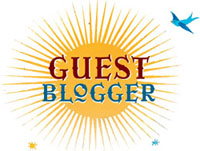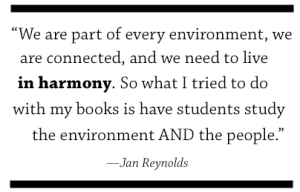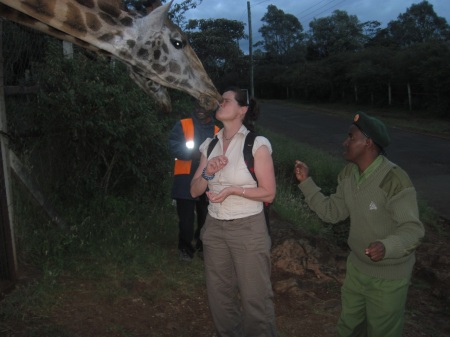 Sarah Hannah Gómez has an MA in children’s literature and an MS in library and information science from Simmons College. Currently
Sarah Hannah Gómez has an MA in children’s literature and an MS in library and information science from Simmons College. Currently  she works as a school librarian in Northern California. An aspiring novelist and screenwriter, she is passionate about social issues in literature and social media engagement with books. She spends the rest of her free time singing, reading, and learning to run. Visit her blog at http://mclicious.org.
she works as a school librarian in Northern California. An aspiring novelist and screenwriter, she is passionate about social issues in literature and social media engagement with books. She spends the rest of her free time singing, reading, and learning to run. Visit her blog at http://mclicious.org.
I was going to start this post with something pithy like, “How to survive the apocalypse: Be white. Or Morgan Freeman. Or, 2012 onwards, be a Kravitz!” I was going to tell you how dystopian and post-apocalyptic fiction and film allow creators to act out a future and explore countless possibilities that could ruin or save the world. And that is kind of what’s happening, though it’s a lot more complicated than that…
Have you noticed that every movie trailer that talks about Earth after some catastrophic event displays a civilization of white people (and  Morgan Freeman) speaking American English? Sure, some of that is unavoidable and practical–you can’t make a movie about everyone and in every language at the same time–but it’s also ethnocentric and exceptionalist of us. Not to mention problematic in myriad ways, because the lack of diversity goes utterly unacknowledged.
Morgan Freeman) speaking American English? Sure, some of that is unavoidable and practical–you can’t make a movie about everyone and in every language at the same time–but it’s also ethnocentric and exceptionalist of us. Not to mention problematic in myriad ways, because the lack of diversity goes utterly unacknowledged.
Generally in dystopia, the reader understands everything about the society in the story as a copy of their own, except when the author specifically points out the rules that make it different. So to have a future with no diversity, when there is so much right here on the ground today, is disingenuous, odd, and patently false.*
As it’s the United States that is driving the current success of dystopian genre, let’s look specifically at our diversity. White people will no longer be the majority within thirty years, says the Brookings Institution. And in the meantime, people of color are rising to positions of power (hey, Obama!) all over, and while we have a long way to go, old bastions of whiteness and power are being dismantled. While I can’t say this from experience, since I’m a woman of color, I can imagine that this is terrifying to people who are in a position to lose their power. If I were someone with lots of privilege and power, I would want to hold onto it, and it would be very nice to create a world in which I could.
Continue reading →
 Jill Eisenberg, our Resident Literacy Expert, began her career teaching English as a Foreign Language to second through sixth graders in Yilan, Taiwan as a Fulbright Fellow. She went on to become a literacy teacher for third grade in San Jose, CA as a Teach for America corps member. She is certified in Project Glad instruction to promote English language acquisition and academic achievement. In her column she offers teaching and literacy tips for educators.
Jill Eisenberg, our Resident Literacy Expert, began her career teaching English as a Foreign Language to second through sixth graders in Yilan, Taiwan as a Fulbright Fellow. She went on to become a literacy teacher for third grade in San Jose, CA as a Teach for America corps member. She is certified in Project Glad instruction to promote English language acquisition and academic achievement. In her column she offers teaching and literacy tips for educators. 




 Morgan Freeman) speaking American English? Sure, some of that is unavoidable and practical–you can’t make a movie about everyone and in every language at the same time–but it’s also ethnocentric and exceptionalist of us. Not to mention problematic in myriad ways, because the lack of diversity goes utterly unacknowledged.
Morgan Freeman) speaking American English? Sure, some of that is unavoidable and practical–you can’t make a movie about everyone and in every language at the same time–but it’s also ethnocentric and exceptionalist of us. Not to mention problematic in myriad ways, because the lack of diversity goes utterly unacknowledged.

 Jan Reynolds
Jan Reynolds 
 Marilyn Singer is the author of more than one hundred children’s books, including many poetry collections. Her works have won numerous honors, including the Lee Bennett Hopkins Poetry Award Honor and the Orbis Pictus Honor.
Marilyn Singer is the author of more than one hundred children’s books, including many poetry collections. Her works have won numerous honors, including the Lee Bennett Hopkins Poetry Award Honor and the Orbis Pictus Honor. 